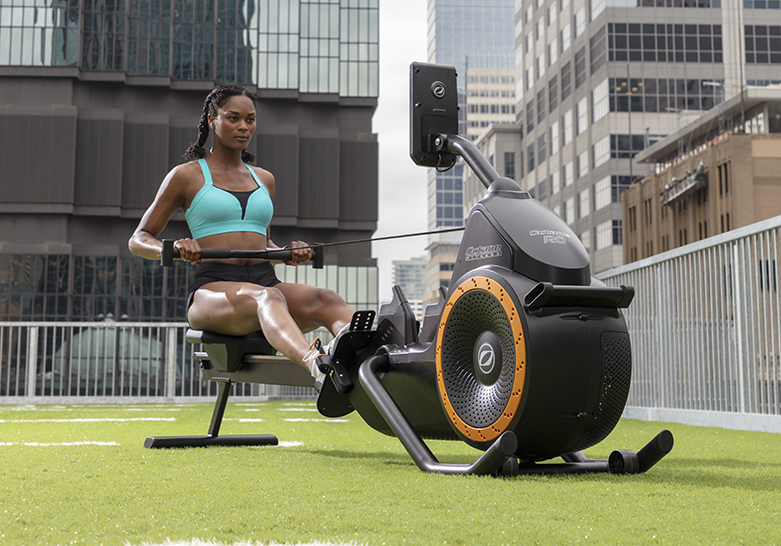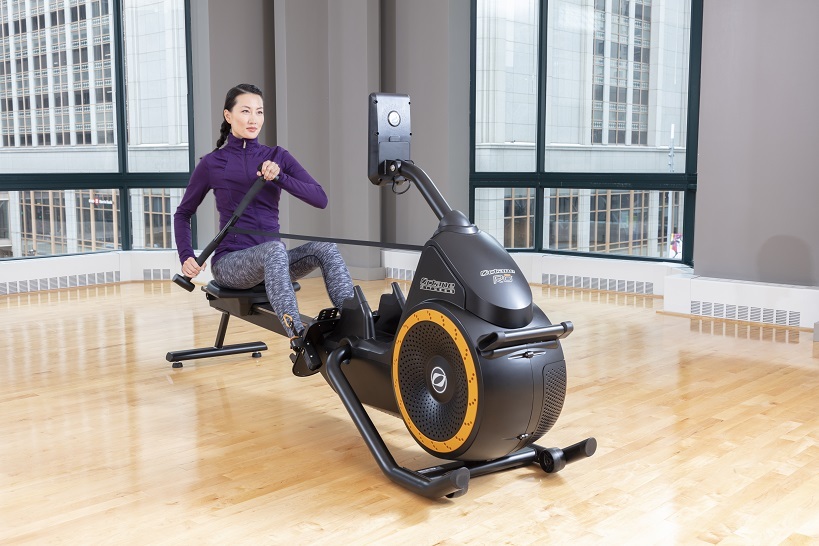During the past decade, the place of the rowing machine in fitness has shifted. Once considered a tool to aid in sport-specific and cardio training, rowers are becoming increasingly integrated into group training and individual regimens.
Spurred by increased involvement in programming and the growing spate of rowing-only facilities—such as New York City-based Row House and CITYROW, iROW Fitness Studio in Los Angeles, Power Twenty Rowing in Seattle, and more—the use of rowers and the market for rowing machines are both growing at a healthy clip.
As far as growing interest among enthusiasts goes, the Sports and Fitness Industry Association notes that the number of people rowing indoors has grown by almost 20% since 2014. On the sales side, according to Transparency Market Research, for the forecast period between 2021-2031, the global rowing machine market—fueled largely by clubs—is projected to exceed $1.8 billion in value by 2031, expanding at a CAGR of approximately 5% during that period.


